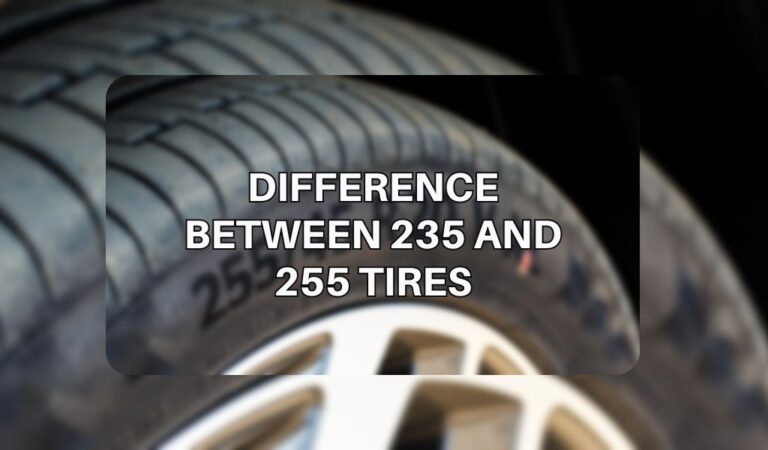Does it concern you that you don’t know the difference between 235 and 255 tires for an upgrade? Here are we for your assistance to let you know better.
Tires are a component of automobiles that enable them to move from one place to another.
Each car possesses a specific grade of tires determined by its composition, attributes, and manufacturers.
Every vehicle is divided into various parts and compartments, which perform different functions to ensure smooth running.
These several compartments play a role in ensuring that the is operating at its optimum level without any reason for sudden repairs.
The 235 and 255 tires, which we are comparing, possess individual qualities that make them suitable for vehicles that support their specifications.
Understanding the Difference Between 235 and 255 Tires
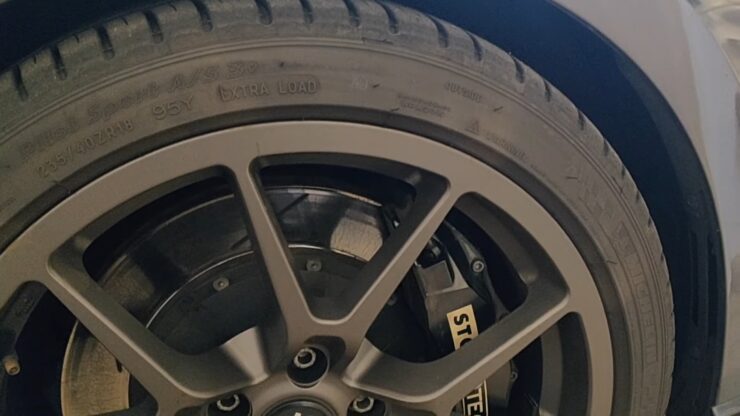
All tires have their specifications and sizes inscribed on them to aid their easy identification. It will also assist the driver in determining which set of tires best fits into their vehicle.
Tires come in different sizes, and these variations in size associate them with specific automobiles.
The right set of tires is fixed in an automobile. It ensures the car is balanced during the transition from one place to another.
Using the right set of tires in an automobile will also improve the driver’s self-confidence and provide a sense of safety to them.
Some of the various sizes of tires include;
- P235/70R16
- 255/55R18
- 16 Inch tire
- 255/60R17
- 17 Inch tire
- 235/55R17
If you’re looking to upgrade your Toyota Camry’s tires in 2024 and want to know the difference between tire sizes, you might want to check out this informative article.
Different Tire Sizes & Characteristics
There are different tire sizes for vehicles. These variations indicate the activities the cars perform.
These different tire sizes are categorized based on the following;
01. Tire Type
Tire types can be identified using the letter inscribed at the beginning of any tire code.
Some of these letters are as follows;
- Light Truck (LT): These are tires created for automobiles that convey heavy substances. It is majorly used in pickup trucks and Jeeps.
- Passenger (P): They are vehicle tires used in automobiles whose primary duty is to transport individuals from one place to another. E.g., SUVs, Cars, Vans, etc.
- Special Trailer (ST): They are tires for mostly trailers of higher grade used to convey shipments and containers. They operate majorly in inter-state travels.
02. Tire Width
The tire width indicates the extent of the tire from one side to another. It enables the mechanic to identify what vehicle it can occupy.
The tire width is the numbers written after the letters, I.e., 235, 255, 195, etc. It is measured in millimeters
03. Aspect Ratio
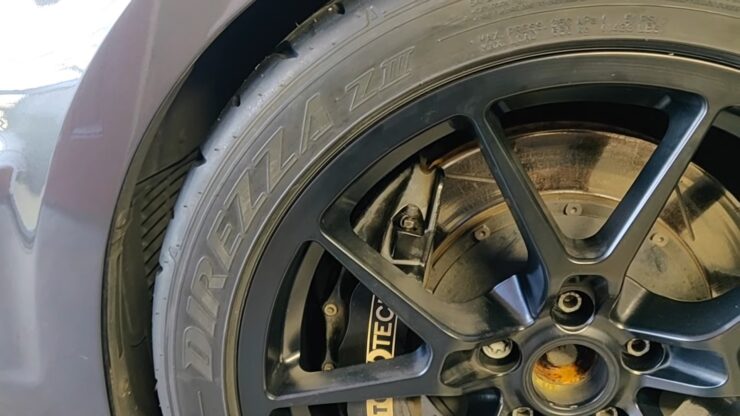
It indicates the percentage of the tire, which eventually determines the height of the tires.
It involves the exchange of the tire’s width to inches and then multiplied by the percentage of the tire. The ratio is the number that proceeds the forward slash.
04. Tire Construction Type
It reveals to the drivers the type of construction the tire possesses. The tire construction type has two categories;
The R category; The letter R stands for Radial. It is the category in which most tires are produced, and it possesses specific qualities that make it more desirable than the D category.
These qualities include; A firm grip of the road, comfort when traveling, long-lasting duration, and a smooth transition that prevents friction.
The D category: They are produced using diagonal patterns and are known as bias-constructed tires. It is used in some motorbikes and trailers.
05. The Wheel Diameter
It indicates the distance between both ends of the tire, where the vehicle rim is inserted.
06. Load Index
It is the figure used to identify the amount of load and weight each tire can carry.
07. Speed Rating
It is the last character inscribed on the type’s sidewall. It indicates the speed level the tire can accommodate when in transit over some time.
Tires with an increased speed rating can easily be controlled at high speed and adapt heat very well.
If you’re curious about the difference between two common tire sizes, this article provides a detailed explanation that can help you make an informed decision when upgrading your vehicle’s tires. Additionally, there is a link to a reputable dealership that can provide more information and assistance with purchasing the right tires for your needs.
Features and Specifications of 235 Tires
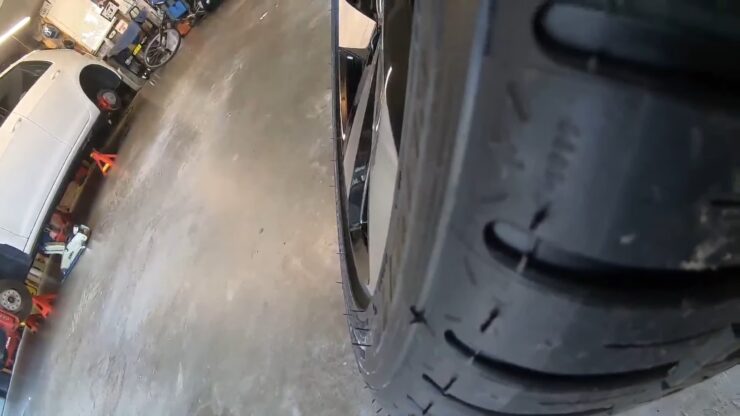
Features of 235/75R15-109S
- It is suitable for movement on all road terrain.
- It can be used in SUVs, cars, etc.
- It is produced to ensure proper handling while steering the wheels
- High-level traction, which provides the durability of the tires, and a long-lasting lifespan.
Specifications of 235/75R15-109S
- Weighs 26 pounds
- Girth: 235 mm
- Tire Height: 75
- Tire category: R
- Wheel Distance: 15 inches
- Content mass: 109
- Acceleration Level: S
- Manufacturer: Nexen
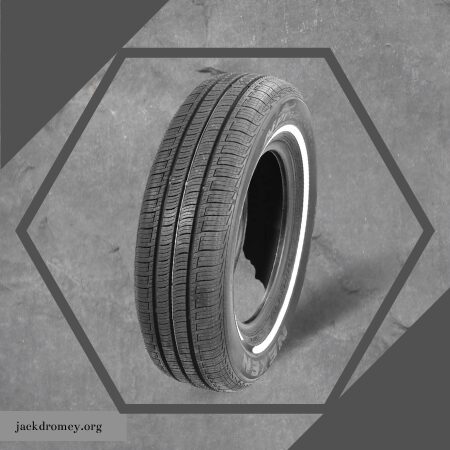
Features of 235/70R16-106T
- Presence of an absorption layer that protects the car from external turmoil.
- It is produced with state-of-the-art materials that improve its strength and makes it easy to handle
- It is appropriate for SUVs and Trucks
- Operational in every season
- High-level Traction
Specifications of 235/70R16-106T
- Weighs 30.3 pounds
- Girth: 235 mm
- Tire Height: 70
- Tire category: R
- Wheel Distance: 16 inches
- Content mass: 106
- Acceleration Level: T
- Manufacturer: General Tires
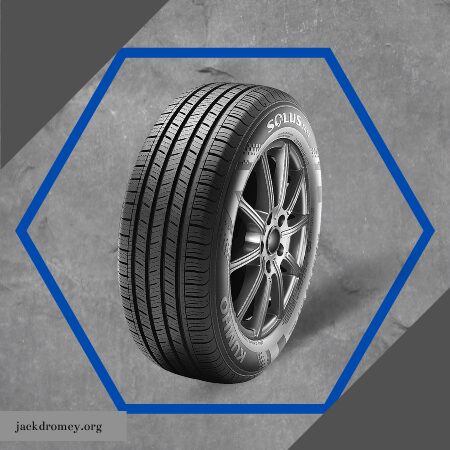
Features and Specifications of 255 Tires
Features of LT 255/55R18-109V
- A well-developed traction system that functions optimally on every terrain, including snowing roads.
- It has improved handling and grip that ensures convenient travel.
- Appropriate for SUVs, Vans.
- It covers a lot of distance.
- Long-lasting durability
Specifications of LT 255/55R18-109V
- Weighs 32.6 pounds
- Girth: 255 mm
- Tire Height: 55
- Tire category: R
- Wheel Distance: 18 inches
- Content mass: 109
- Acceleration Level: V
- Manufacturer: BFGoodrich
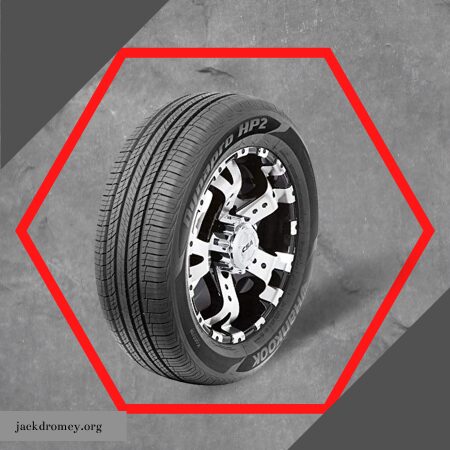
Features of P 255/65R18-109S
- It functions optimally during the winter season.
- Appropriate for SUVs and Pickup trucks
- Long-lasting durability
- Adequate value of money spent
Specifications of P 255/65R18-109S
- Weighs: 33.5 pounds
- Girth: 255 mm
- Tire Height: 65
- Tire category: R
- Wheel Distance: 18 inches
- Content mass: 109
- Acceleration Level: S
- Manufacturer: Bridgestone
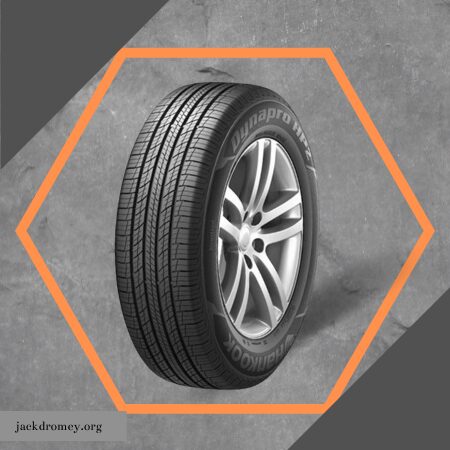
Common Difference Between 235 and 255 Tires in Detail
The 235 tires and the 255 tires are similar; nonetheless, they have their differences.
They are both unique tires that possess qualities that make either of them a prime choice for drivers of SUVs, Pick-up Vans, Trucks, etc.
These differences include;
01. Weight
The weights of both tires are significantly different from one another. The manufacturers of these tires determine the tire’s weight.
The component used in producing the tire will also contribute to arriving at their weights.
The weight of these tires will determine what vehicle they would fit into and give a specific amount of load the vehicle can accommodate.
The 235 tires have a wide weight range, ranging from 20 pounds – 100 pounds, depending on the manufacturer’s discretion.
In comparison, the 255 tires weigh in the region of 30 pounds – 150 pounds, which the manufacturers also determine.
02. Gas Mileage
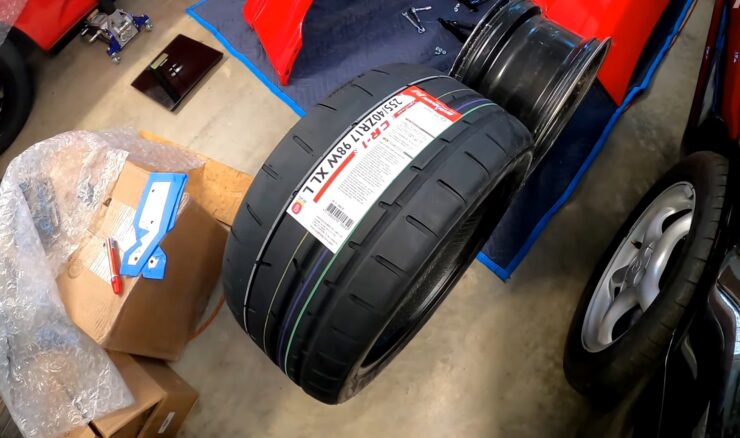
Generally, tires are responsible for about 20% of mpg. This is due to the rolling resistance level, which determines the car engine’s energy to turn the tires.
Tires with good traction help provide efficient fuel economy.
The 235 tires are more preferably in on-road terrain, while the 255 tires are highly recommended for snowing terrain, making them consume more has in the process.
03. Car Loads
The amount of load a car can accommodate will determine the type of tire to fit into the vehicle. The 235 tires accommodate a considerable amount of weight, ranging from 100-110.
However, the 255 tires can incorporate a more significant weight compared to the 275 tires. They range between 110 – 120.
Choosing the right tire size can make a big difference in how your car handles on the road. This article discusses the nuances between two popular tire sizes and can help you decide which option is best for your vehicle. If you’re interested in learning more, there is a helpful link to a reputable dealership that can provide additional information and resources.
04. Stability
Driving will become safe when the tires of an automobile vehicle are appropriately aligned and prevent unwanted accidents when moving from one place to another.
The stability of a tire depends on the materials used in its production.
The 235 tires have a traction system that ensures they can move through any terrain easily during any season.
The 255 tires also possess a high level of traction, automatically ensuring that both tires become desired products to convey goods and services from one destination to another in any terrain and weather condition.
05. Duration
Every tire has an expected time frame to which its durability will elapse. The durability of tires is judged based on how well it is managed and maintained.
However, in the event of continuous conveying of overloads, tires weaken and eventually lose their capability.
The 235 and 255 tires are highly durable with long-lasting capacity. Although, how efficient and effective the tires are will determine how long they function.
06. Handling
The 235 and 255 tires are well suited to ensure that the vehicle has excellent handling as it moves across any surface. This helps the drivers keep the car on course through their journey.
Pros and Cons of 235 & 255 Tires
Pros and Cons of 235 Tires
- They have an affordable price
- It provides comfort to the drivers and passengers.
- It ensures a smooth ride without any interference by noise.
- It lacks the required grip, which is gotten only from wider tires.
Pros and Cons of 255 Tires
- It can travel through all road terrain
- It does not burn a hole in your finances
- It is highly efficient in all seasons.
- It guarantees a smooth ride
- It consumes more fuel.
FAQs
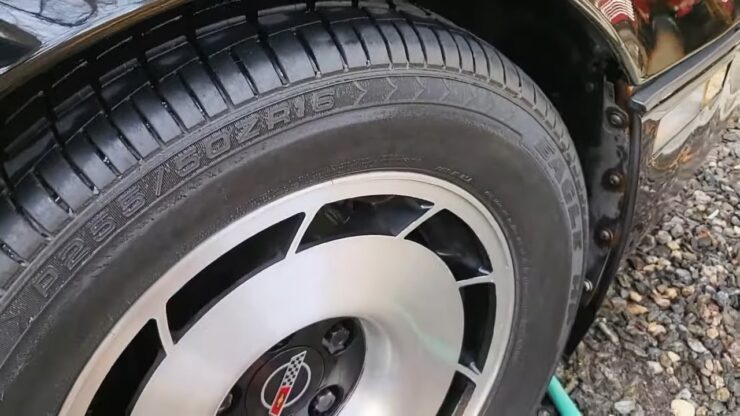
Is it possible to replace 235 tires with 255 tires?
Unfortunately, replacing the 235 tires with 255 tires is not advisable. Apart from their similarities, the 235 tires are significantly smaller than the 255 tires.
The 255 tires will be more than the requirement for any vehicle created for 235 tires, making driving such cars uncomfortable and highly prone to accidents.
Are the 235 tires the same as the 255?
No, both tires are not the same, and they have their differences which makes them preferred by drivers based on their choice.
What is the difference in size between 235 and 255 tires?
The difference in the size of both tires determines the type of car they will fit in. The 235 and 255 tire size differences are based on; the total diameter, width, height, and weight of the tires.
With an automobile (e.g., a truck), it is advisable to use the 255 tires to enable the driver to carry more cargo due to its high affinity to heavy goods.
In comparison, the tire that best suits an SUV is the 235 tire.
How much does it cost to own a 235 or 255 tire?
The cost of the 235 and 255 tires are different based on the tire’s model and the companies where the tires are manufactured.
The price range for the 235 tires falls within $120 – $250, and it is therefore left to the driver’s discretion to know which to purchase.
The price for the 255 tires ranges between $130 – $300.
How can I fix my 235 or 255 tires?
The 235 or 255 tires both represent a significant upgrade for any vehicle. However, using them effectively is paramount, and this can only occur when it is fixed properly into the car.
Fixing either 235 or 255 tires into a vehicle can be done by seasoned professionals with the required skill to execute the action.
Where can I buy either 235 or 255 tires?
Acquiring the 235 or 255 tires for your vehicle is a tasking responsibility. However, there are specific ways by which they can be purchased. Some of these ways include;
You are buying from shopping mall outlets or online store platforms.
Can I replace just one tire instead of all four?
While it is generally recommended to replace all four tires at the same time, it may be possible to replace just one tire if the other three tires are still in good condition and have a lot of tread left.
However, it is important to ensure that the new tire has the same size, speed rating, and load capacity as the other tires on the car.
What is the difference between summer tires and all-season tires?
Summer tires are designed to provide maximum grip and handling in warm weather conditions, while all-season tires are designed to provide reliable performance in a variety of weather conditions.
All-season tires have a more versatile tread pattern and are suitable for use in light snow and rain, while summer tires are not recommended for use in cold or snowy conditions.
What is the difference between radial and bias-ply tires?
Radial tires have a construction in which the ply cords run perpendicular to the tire’s direction of travel, while bias-ply tires have cords that run at an angle to the tire’s direction of travel.
Radial tires are more common and offer better performance, fuel efficiency, and comfort than bias-ply tires.
Bias-ply tires are typically used for heavy-duty applications such as farming and mining.
Verdict
Deciding to use a specific item or material is based on your choice as an individual. So also is the decision taken to embrace either of the 235 or 255 tires.
Certain conditions must be met before purchasing any tire.
These conditions include;
The grip level of the tire and how well the driver can handle it, how well the tire fits into a car, the amount either of the tires cost, the expected lifespan of the tires, what amount of weight the tire can carry, and the racing feat of the tires, etc.
The 235 and 255 tires are quality tires whose services are effective, efficient, and reliable to any motorist.
Related Posts:
- Difference Between 235 and 245 Tires - Best Suited…
- Difference Between 225 and 235 Tires - Easily Find…
- Difference Between 245 and 255 Tires 2024 – Easily…
- How Long Do Car Batteries Last in Toyota Cars? - Rev…
- Difference Between 255 and 265 Tires - Which One…
- 10 Best Short Antenna for Tacoma - Get Better…

